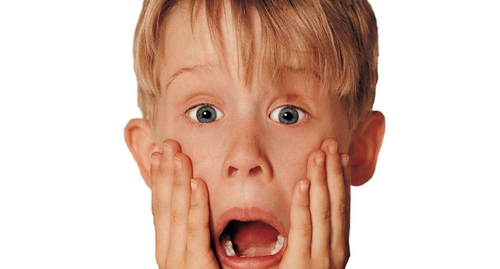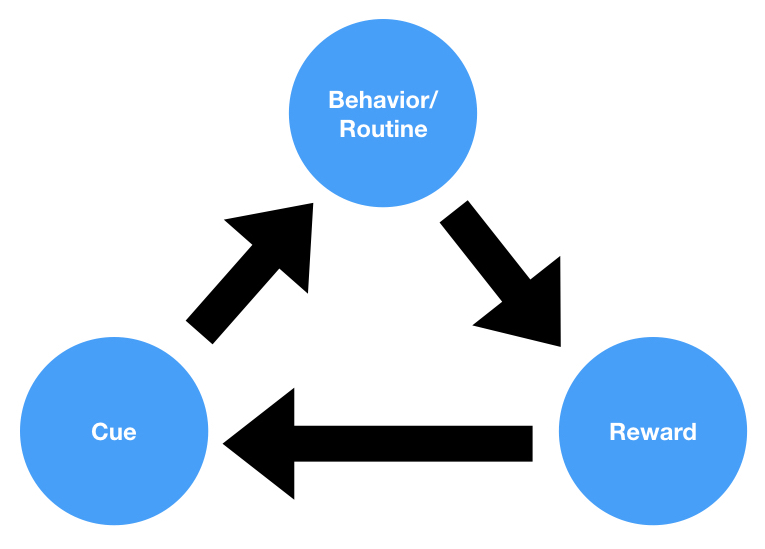The other day, I ordered an Uber after work.
After I entered my destination in the app, I was quoted a price: $2.99.
Sweet!
About 45 minutes later I walked into my apartment and checked my iPhone. Since my credit card is linked to Apple Pay, I get charge notifications. There, sitting on my homescreen was the charge for the Uber I just took: $11.30.
What the…
You can imagine my surprise.
So I went into the help center and submitted a ticket: “I was charged too much”.
Uber responded with a bunch of terms and conditions jargon, telling me that my quoted price isn’t necessarily what I’ll actually be charged (see screenshot below).
At this point, my surprise turned to anger.
“Screw these guys! Of course Uber would try to F— me over.”
After jousting with customer service for about 20 minutes, I was able to get them to refund the excess cost. Hey, someone has to keep people honest in this world *superman pose*.
But that got me thinking about Uber’s pricing system and the psychological dynamics of how they present cost information to their customers.
And here’s my conclusion: if you assembled a group of people and asked them to come up with the most psychologically poisoning pricing system, you would probably end up with what Uber has.
Why?
Because the estimated / quoted fare is (as far as I can tell) ALWAYS the cheapest possible price. That means that users will never get a happy surprise. Their expectations will always be violated negatively.
There’s no “oh my god! That was only $7?! Crazy.”
It’s always: “Are you serious? I was quoted $2.99! (insert expletive here) you Uber.”
In an earlier newsletter, I talked about David Meister’s 5th law of service businesses:
Satisfaction = perception minus expectation.
Taking this into account, can you see how Uber has the stacked the deck against itself?
They’ve done everything they can to keep expectation sky high. That may help get people into the system, and get them booking rides… but it puts user satisfaction in a precarious position.
What do you think?





